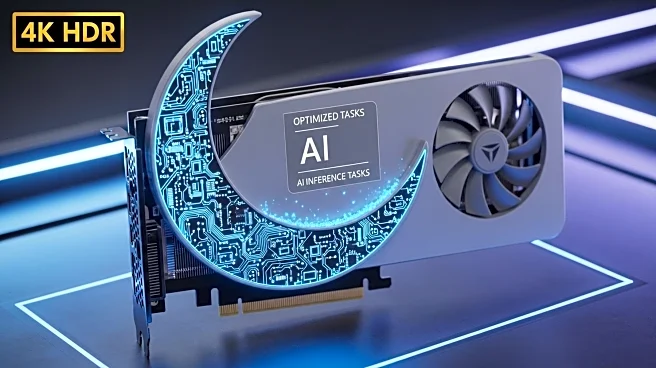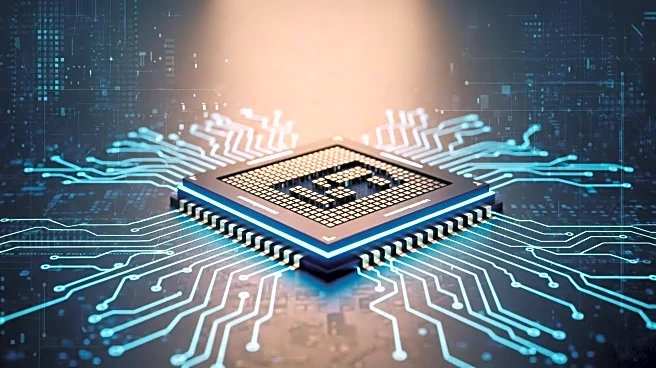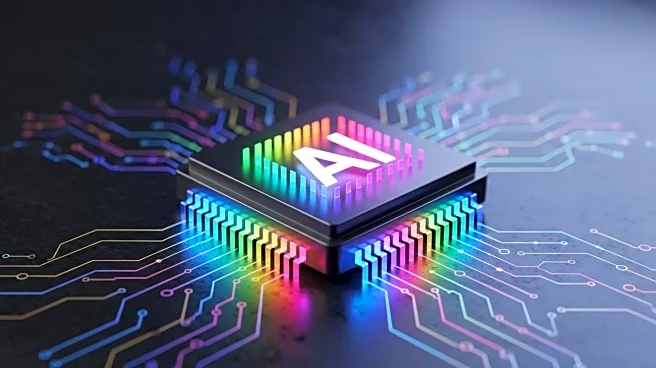What's Happening?
Intel has announced its new enterprise GPU, codenamed Crescent Island, during the Intel Tech Tour in Arizona. This graphics card is designed for AI inference optimization and features 160GB of LPDDR5x memory, which is intended to support large language models. Built on the Xe3P Celestial micro-architecture, Crescent Island is optimized for performance-per-Watt and is air-cooled and cost-effective. Intel plans to begin customer sampling in the second half of 2026, with broader availability expected in 2027. The announcement comes amid a competitive landscape with AMD and NVIDIA also advancing their AI solutions.
Why It's Important?
The introduction of Crescent Island marks Intel's strategic move to strengthen its position in the AI hardware market, which is increasingly competitive with major players like AMD and NVIDIA. By focusing on power efficiency and cost optimization, Intel aims to attract enterprise customers looking for scalable AI solutions. This development could impact the AI industry by providing more options for tokens-as-a-service providers and other inference use cases, potentially driving innovation and competition in AI hardware. Intel's commitment to open-source software support further enhances its appeal to developers and enterprises seeking flexible and customizable solutions.
What's Next?
Intel plans to start customer sampling of Crescent Island in the latter half of 2026, with a potential full release in 2027. As Intel refines its open-source software stack, stakeholders can expect ongoing improvements in driver support and hardware enablement patches. The announcement at the OCP Global Summit also hints at future developments in rack-scale reference designs, which could further expand Intel's AI capabilities. Industry observers will be watching how Intel's Crescent Island competes with AMD's Instinct MI450 series and NVIDIA's Vera Rubin, as well as its impact on the broader AI hardware market.
Beyond the Headlines
Intel's announcement of Crescent Island not only highlights its technological advancements but also underscores the company's strategic focus on AI and open-source development. The move could influence the direction of AI hardware innovation, encouraging other companies to prioritize power efficiency and cost-effectiveness. Additionally, Intel's emphasis on open-source software support may foster greater collaboration within the tech community, potentially leading to new breakthroughs in AI applications and infrastructure.












